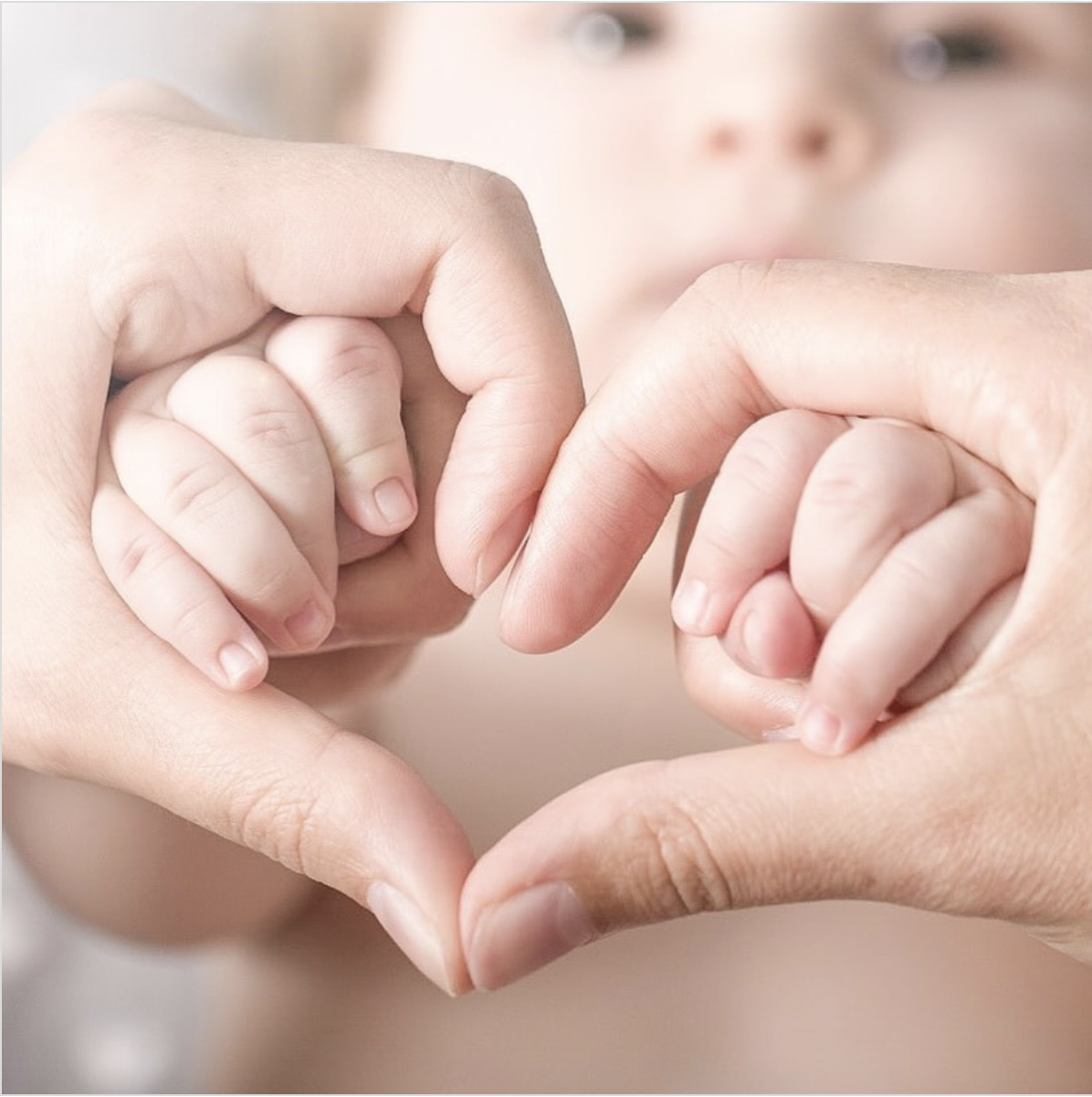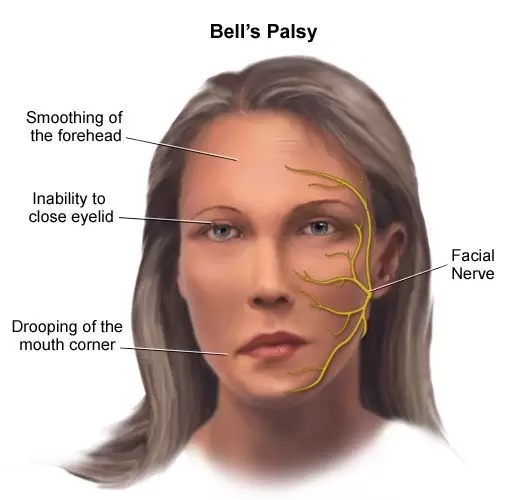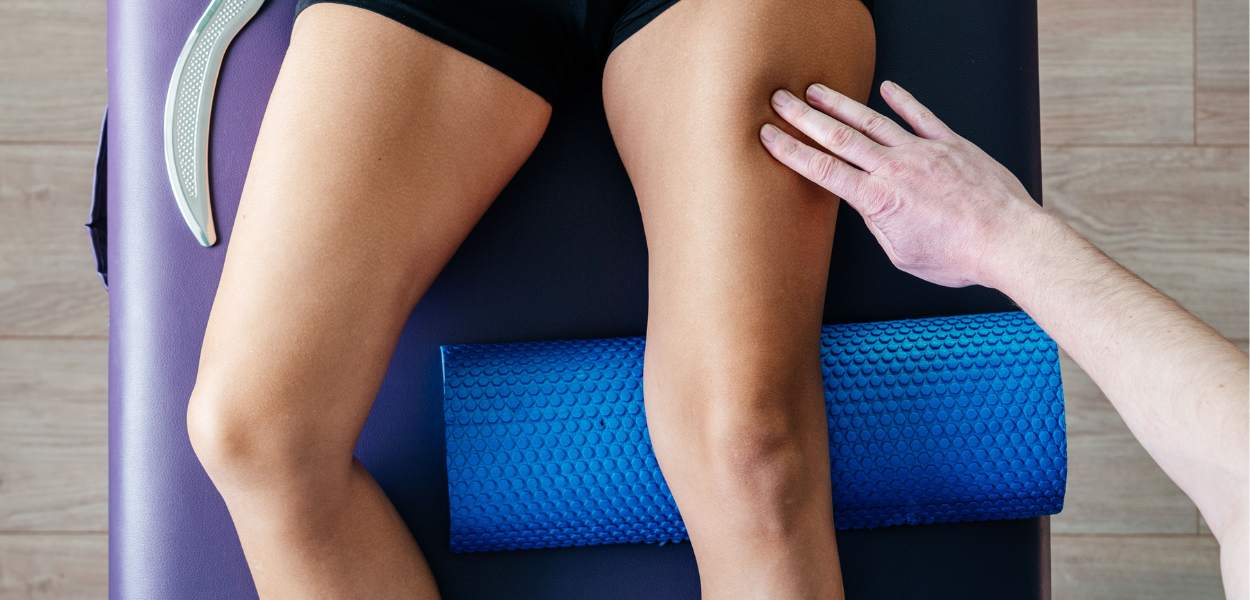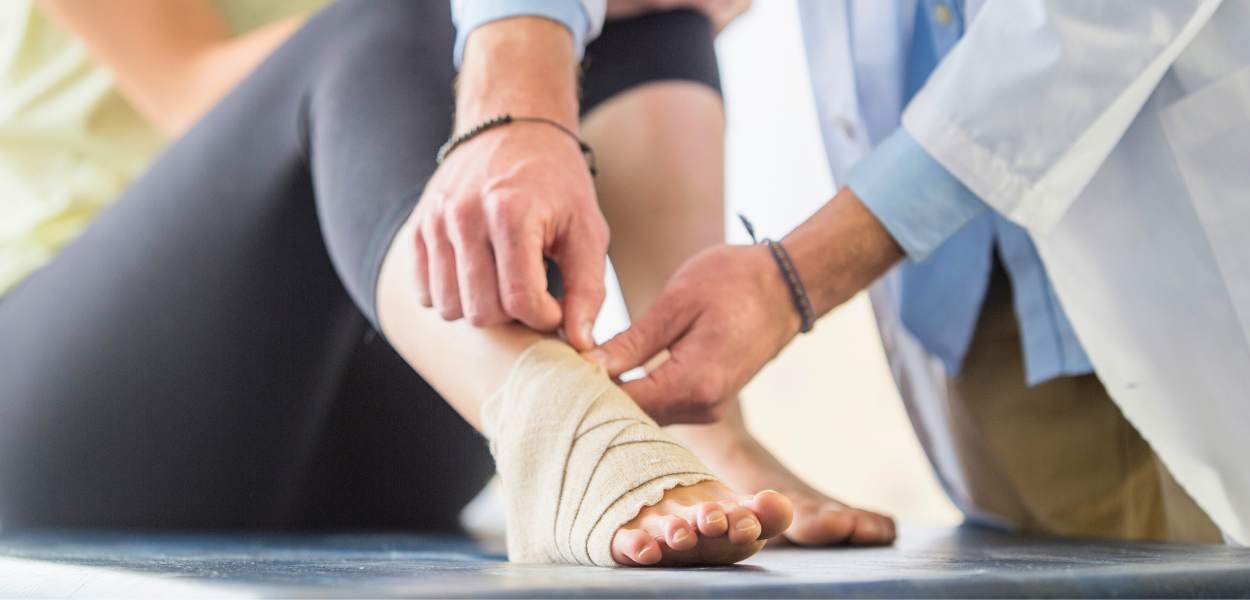Guide to Preventing Sports Injuries in Children
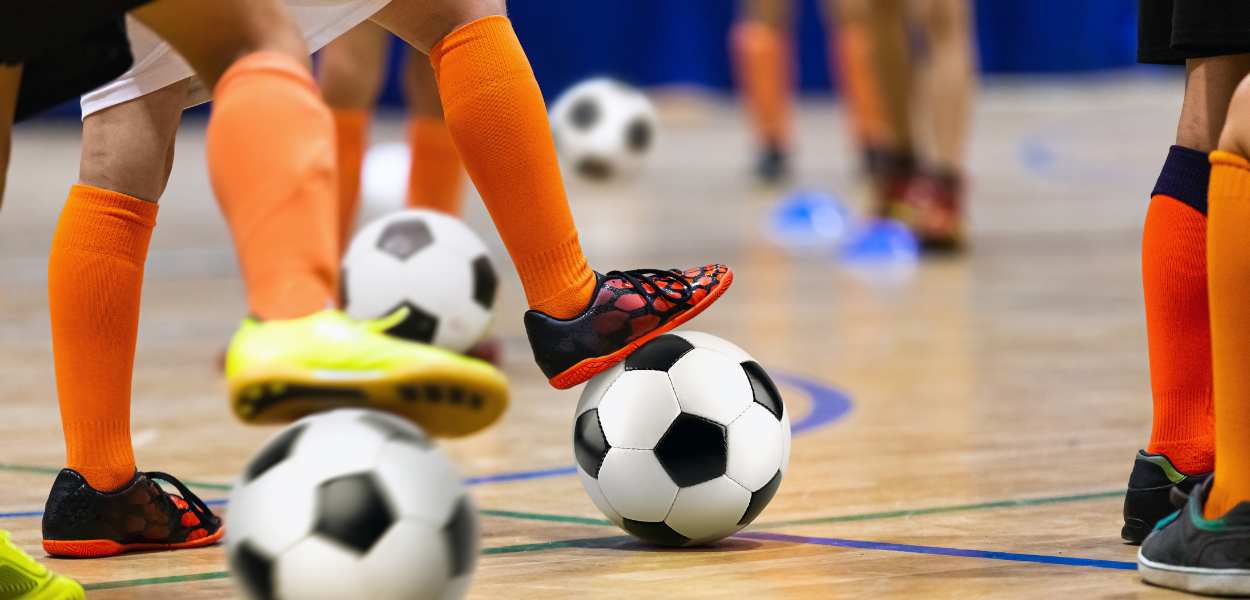
Participating in sports is highly beneficial for children as it develops their physical fitness as well as co-ordination, self-discipline and teamwork skills that can benefit them in the future. However, any sport can lead to injuries. In Hong Kong, up to 12 children in 1000 children experience injuries from football, volleyball, basketball, field hockey and other sports.
Parents and sports coaches can make a big difference in helping children do sports safely and minimise any risk of injury. Here, we share some guidelines for parents to consider for avoiding sports injuries in children.
Common Sports Injuries in Children
Ankle Injuries and Sprains
One of the most common sports injuries in children. This is because many sports involve running, jumping, and sudden changes in direction, which can put a lot of stress on the ankles.
Additionally, children's bones and muscles are still developing, making them more susceptible to twist an ankle, damage an Achilles tendon or even fracture a bone.
Foot Conditions
Any sports player can develop issues with the tissue and tendons in the foot or heel, such as plantar fasciitis. Foot pain can occur due to tight calf or foot muscles. They can also occur because of specific muscular weaknesses or improper footwear. If left untreated, these strains can lead to permanent damage.
Knee Injuries
More common in basketball, football and other ball sports, knee injuries can range from minor injuries such as bruises and strains to more serious injuries such as ligament tears and fractures. There is a major ligament in the knee called the Anterior Cruciate Ligament (ACL). This is prone to tearing if children take an acute blow to the knee, overextend it or land awkwardly. Some may also snap the ligament off the bone.
Hamstring Injuries
Children that don’t warm up properly may overextend their legs, or make a sudden movement, and hear a pop. Once torn, the hamstring is prone to repeated injury.
Arm Fractures
We also can’t rule out the risk of fractures to arms, elbows, wrists and hands in competitive sport. Fractures can occur in any of the bones in the arm – the wrist, forearm, elbow, and upper arm. The risk of arm fractures is higher in sports such as football, hockey, and rugby, where players are more likely to experience a direct blow to the arm. However, arm fractures can also occur in non-contact sports due to falls or other accidents.
The Significance of Injuries in Children
Children are Still Growing
Children’s bodies are not identical to ‘small adults’. Their bones, muscles, tendons, and ligaments are still growing, so this makes them more susceptible to injury.
Growth Plates
Growth plates are the areas of new bone growth in children and teens. This is the area of developing cartilage located near the ends of long bones (thigh bone, lower legs, forearms, hands, feet). As children grow, the growth plates will harden into solid bone, becoming closed growth plates usually at the end of puberty (15 to 17 years).
The growth plates are weaker than the nearby ligaments and tendons. What is often a bruise or sprain in an adult can be a potentially serious growth plate injury in a young athlete.
Children Vary in Size and Maturity
Young athletes of the same age can have different rates of growth, so they may differ greatly in size and physical maturity. Some youngsters may be physically less mature than their peers despite being the same age and try to perform at levels for which they are not ready.
Tips for Avoiding Sports Injuries in Children
Proper conditioning is an important aspect of preventing sports injuries in children. Conditioning refers to the process of preparing the body for physical activity by gradually increasing the intensity and duration of exercise over time. Proper conditioning can help improve strength, flexibility, endurance, and overall physical fitness, which can reduce the risk of injury during sports activities.
Start Slow and at an Appropriate Level
It is important to start with low-intensity exercises and gradually increase the intensity and duration over time. This can help prevent overuse injuries and allow the body to adapt to the demands of physical activity.
Consider seeking professional advice from a healthcare professional before starting a sports program for your child. They will take your child’s physical and medical history, age, experience, goals and fitness level to determine whether the sport is suited for your child’s body.
Learn to Warm Up Thoroughly
A proper warm-up exercise can help prepare the body for physical activity and reduce the risk of injury. This can include light cardio exercises, stretching, and dynamic movements.
Learn the Correct Form & Technique
In every sport, there is a correct way and a wrong way of doing things. For example, football and rugby players should be taught the proper way to tackle an opponent to avoid acute injuries.
Use Proper Equipment for the Sport
In all sports, it is very important to use proper equipment, clothing and safety gear that’s the right size and fits well. For example, helmets for in baseball, softball, bike riding and ice hockey.
Cross-Train in a Variety of Activities
Cross-training can help improve overall fitness and reduce the risk of overuse injuries. Encourage your child to participate in a variety of sports and activities to develop different skills and train different muscle groups so that they are not continuously putting stress on the same muscles and joints.
Value Rest and Recovery
Adequate rest and recovery are important aspects of proper conditioning. Ensure that your child gets enough rest and recovery time between sports to allow the body to repair and rebuild.
Seek Professional Guidance
If your child is new to sports or has specific conditioning needs, it is recommended to seek guidance from a qualified healthcare provider or sports medicine professional.
Moreover, if your child has pre-existing conditions such as scoliosis, flat feet etc or is experiencing discomfort when exercising, please come and see one of our physiotherapists who can assess and provide a perfect plan for them for whichever sport they want to take part in!
Self-Esteem & Psychology Matters as Well
Sports can be very competitive. Just like in older athletes, competitive sport can also cause stress and anxiety in children. The pressure to win or criticism from sports coaches, parents of even the child himself/herself can sometimes cause emotional harm
When raising your children with sports, please do keep the following tips in mind:
Don’t force your child to do a particular sport. Instead, listen to your child and push them only to their appropriate edge. It’s a fine line between encouraging your child to rise to the occasion and forcing them to do something they’re not interested in.
Encourage healthy, friendly, and safe environment for your child .Encouraging healthy ways to keep your child fit and in sport shape is key. Additionally, please make sure your child isn’t being emotionally abused by their coaches or peers.
Praise your child for a job well done and help your child learn from mistakes when they make one. When a kid loses, they know it and they’re probably already feeling badly enough. So, as a parent, be encouraging regardless of the outcome. Try to find what can be done better next time while noticing improvements. – Lead by example and stay active and fit or simply by being genuinely engaged. Show up to the games and practise with them. It’s a great way to bond and will ensure your child enjoys their sport that much more.
Lead by example and stay active and fit or simply by being genuinely engaged. Show up to the games and practise with them. It’s a great way to bond and will ensure your child enjoys their sport that much more.
Proper conditioning is crucial for preventing sports injuries in children. By following the guidelines discussed above in mind, your child can develop the physical demands required participate and excel in sports activities safely!
Don’t avoid or delay treating an injury as it can affect the child’s current and future health
Many of the injuries and physiological problems seen by therapists are the “overuse” of injuries. This means that kids develop stress fractures and tendon issues from repeated use. These injuries will progress over time if left untreated.
Regardless of how serious your child’s injury is, it is wise to consult a physiotherapist to address the issue and treat it as soon as possible. Children’s bodies are still growing so it is best to get treated for the injury sooner than later to ensure the likelihood of future or permanent damage is reduced.
Contact Us Today
Prohealth Sports And Spinal is with you to provide practical advice for you and your kids to enjoy sports! In the event that your child gets a sports injury, our physiotherapists can treat your injury with care and ease with personalised treatment plans.
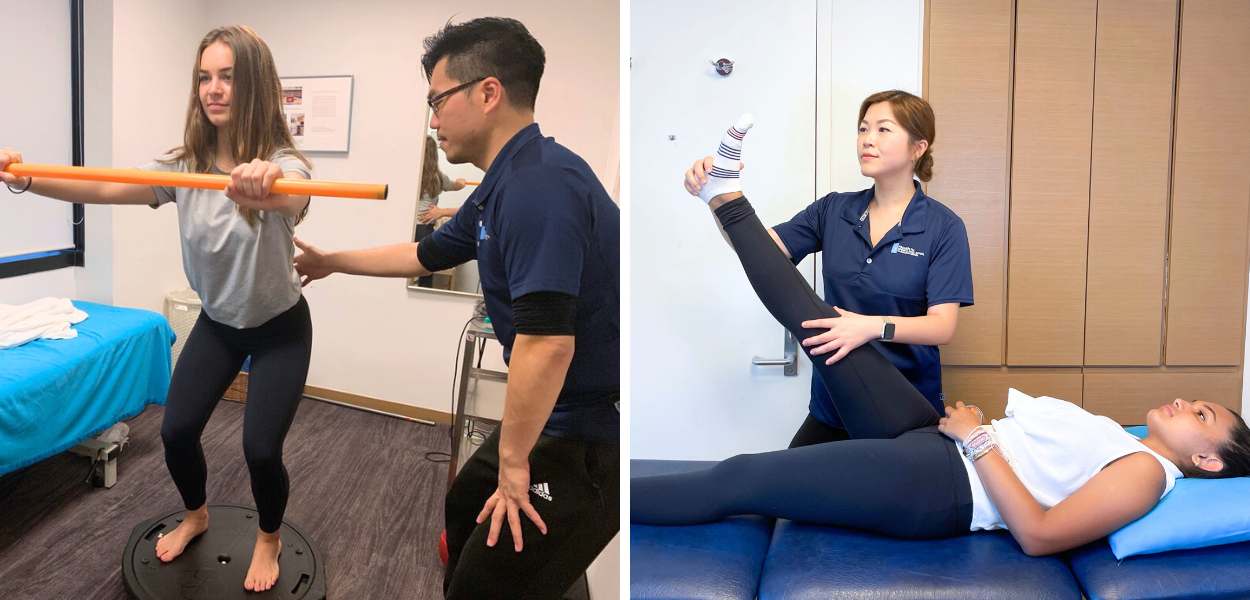
Our physiotherapists provide comprehensive assessments based on the current level of pain, the location of the injury and the patient’s previous history of sports injuries. From there, we will work with you and your child to create a therapy plan that is individually tailored to the child. Our professional approach improves the chance of the injury healing correctly in a shorter time frame.
For any enquiries, contact us at +852 2530 0073, or email appt@sportsandspinal.hk.

